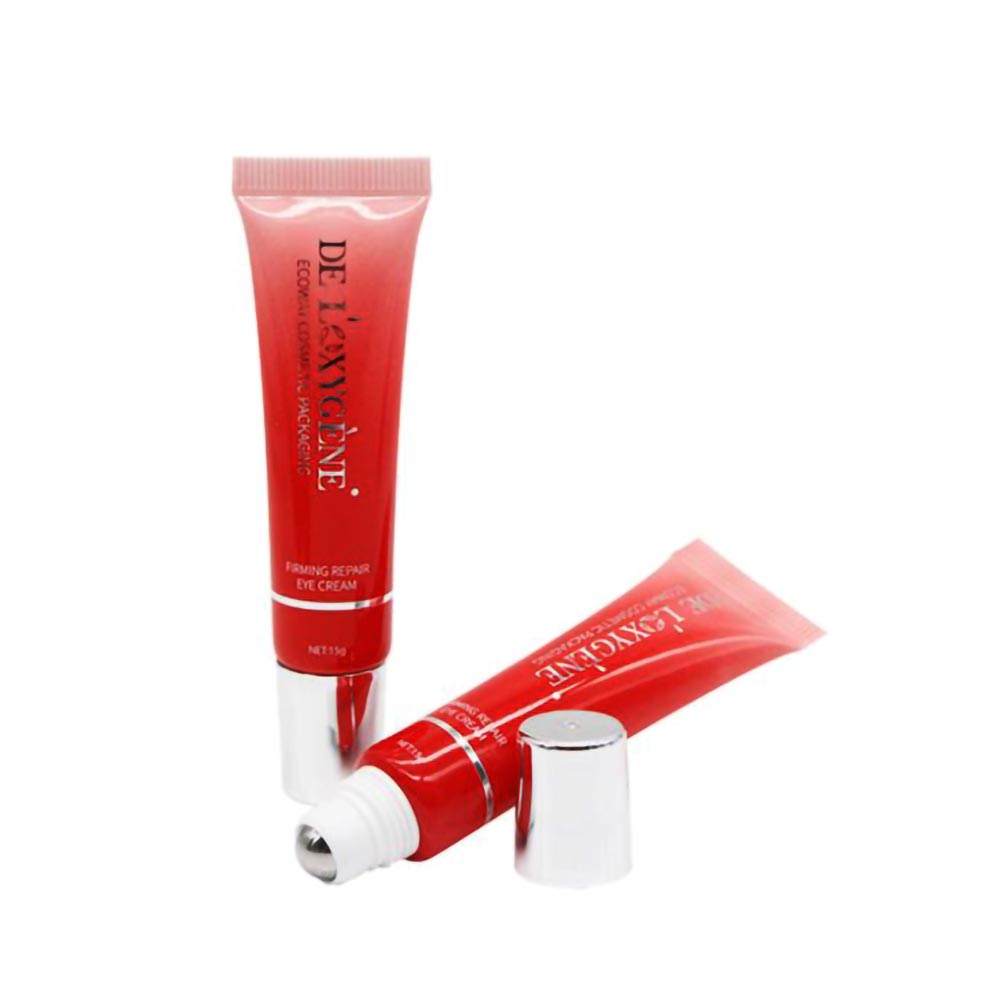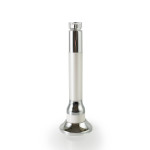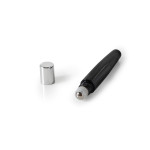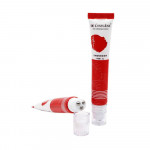
Introduction
Prototyping and testing are critical phases in the development of custom eye cream bottles. These steps ensure that each design not only meets aesthetic and functional expectations but also resonates with the target audience effectively. This post outlines the comprehensive process involved in prototyping and evaluating these custom designs.
The Prototyping Process
Creating a successful prototype involves several key stages:
- Conceptual Visualization: Initial design ideas are brought to life through sketches and 3D renderings, providing a first glimpse of the potential product.
- Physical Prototypes: Techniques like 3D printing and molding are used to create physical representations of the design, allowing for tactile assessment and functionality testing.
- Iterative Feedback: Designs are refined based on feedback from various stakeholders to enhance both appearance and functionality.
Material Selection and Evaluation
Choosing the right materials is crucial for both the performance and appeal of the bottle:
- Aesthetics and Function: Materials are selected based on their ability to fulfill the desired look and functionality of the bottle, including considerations of sustainability.
- Properties Assessment: The weight, texture, and durability of materials are evaluated to ensure they meet the necessary quality standards.
- Compatibility Testing: Materials are tested for their compatibility with the eye cream formula to prevent any negative interactions.
Functional Prototype Testing
Functionality testing of prototypes is essential to guarantee product safety and usability:
- Protection and Preservation: Tests ensure that the bottle adequately protects and preserves the eye cream.
- User Experience: The ease of use, ergonomics, and overall user experience are evaluated through consumer testing.
- Process Compatibility: The bottle's design is tested against standard filling, capping, and labeling processes to ensure it can be easily integrated into existing lines.
Aesthetic and Branding Evaluation
The prototype's aesthetic and branding are scrutinized to align with market expectations:
- Visual and Brand Alignment: The design is assessed for its visual appeal and alignment with brand identity.
- Market Research: Consumer focus groups and market research are conducted to obtain feedback on the bottle’s design and functionality.
- Design Refinement: Based on gathered insights, the prototype may be tweaked to better meet consumer preferences and market needs.
Packaging Regulations and Compliance
Compliance with regulations is a critical part of the prototyping process:
- Safety Standards: Prototypes must meet all relevant industry safety standards.
- Authority Collaboration: Working with certification bodies ensures that the bottle meets all legal requirements.
- Compliance Features: Necessary labeling and safety features like tamper-evidence are incorporated into the design.
Iterative Design and Refinement
Prototyping is an iterative process:
- Continuous Improvement: Feedback is continuously integrated into the design to refine and enhance the prototype.
- Issue Resolution: Any issues identified during testing are addressed to improve the design.
- Final Validation: Comprehensive testing and validation are conducted before finalizing the design.
Pilot Production and Market Validation
Transitioning from prototyping to market introduction involves:
- Pilot Production: A limited production run is initiated to test the bottle in real-world conditions.
- Stakeholder Feedback: Feedback from customers and retailers during the pilot phase is crucial for final adjustments.
- Design Finalization: Based on pilot results, final adjustments are made to the design and production processes.
Conclusion
The prototyping and testing phase is indispensable in the development of custom eye cream bottles. This meticulous and iterative approach ensures that the final product not only meets design expectations but also achieves market success and customer satisfaction. Brands are encouraged to invest in thorough testing to refine their packaging solutions, guaranteeing both functionality and appeal in the competitive market.
Discover more about our commitment to innovative packaging solutions.
By dedicating the necessary resources to this phase, brands can significantly enhance the likelihood of their product's success, ensuring they meet the needs and desires of today’s discerning consumer.











